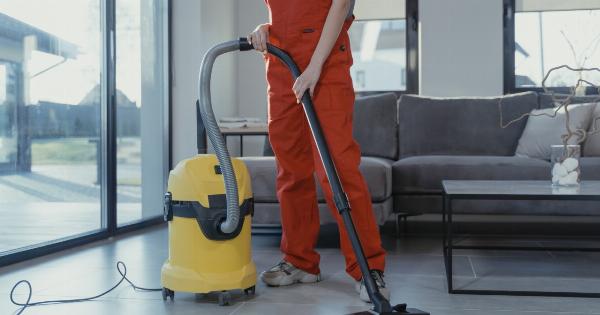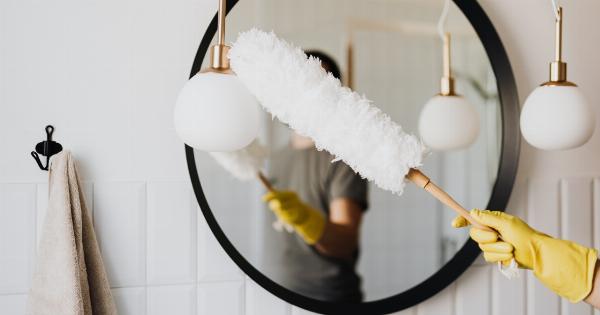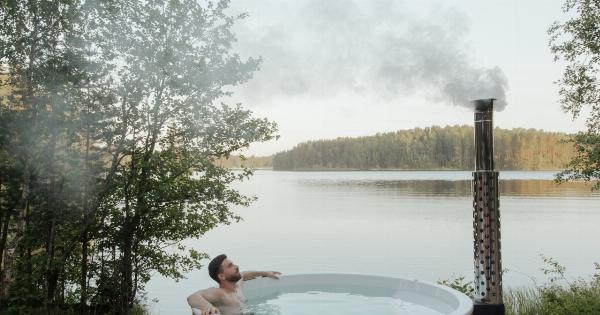If you’re someone who suffers from allergies, you know how difficult it can be to find relief. Everyday things can trigger symptoms, from dust and pollen to pet hair and dander.
This is why having a good vacuum cleaner is essential for allergy sufferers. But not all vacuums are created equal. Some models are actually culpable for causing allergies. Here, we’ll review some of the worst offenders and help you choose a vacuum that won’t make your allergies worse.
What Makes a Vacuum Bad for Allergies?
Before we get into specific models, let’s first understand what makes a vacuum bad for allergies. There are a few factors to consider:.
No HEPA Filter
A HEPA filter is a type of filter that captures 99.97% of particles as small as 0.3 microns. This includes pollen, dust mites, and pet dander.
If your vacuum doesn’t have a HEPA filter, those particles will just be blown back into the air and can trigger your allergies.
Poor Suction Power
If your vacuum doesn’t have strong suction power, it won’t be able to pick up all the allergens in your carpet or on your furniture. They’ll still be there, just waiting to trigger your allergy symptoms.
Bagless Design
Bagless vacuums can be convenient, but they can also be a problem for allergy sufferers. When you empty the dustbin, all those allergens get stirred up in the air.
Unless you’re extremely careful, you could end up inhaling more allergens than you were trying to get rid of.
The Worst Vacuums for Allergies
Shark Navigator Lift-Away Professional Upright Vacuum
While this vacuum may have a few redeeming qualities, its lack of a HEPA filter and poor suction power make it a no-go for allergy sufferers. Instead of capturing allergens, it just spreads them around.
Dyson Cinetic Big Ball Animal + Allergy
This vacuum may be great at picking up pet hair, but its bagless design makes it a nightmare for allergy sufferers. In addition to spreading allergens around, it also has a tendency to overheat, which can release even more particles into the air.
Bissell 9595A CleanView Bagless Vacuum
This vacuum is affordable, but that’s about all it has going for it. Its lack of a HEPA filter and poor suction power mean that it’s not effective at capturing allergens. It’s also loud and heavy, making it a chore to use.
The Best Vacuums for Allergies
Miele Complete C3 Marin Canister Vacuum
This vacuum is a bit pricier, but it’s worth it for allergy sufferers. It has a HEPA filter, strong suction power, and a bagged design that traps allergens instead of releasing them back into the air.
It’s also extremely quiet and easy to maneuver.
Panasonic MC-CL945 Plush Pro Bagless Canister Vacuum Cleaner
This vacuum may be bagless, but it has a unique dual-motor system that prevents dust and allergens from being released back into the air. It also has a HEPA filter and strong suction power.
It’s a great option for those who want the convenience of a bagless vacuum without the allergy problems.
Kenmore Elite Canister Vacuum Cleaner
This vacuum is a favorite among allergy sufferers for its HEPA filter, strong suction power, and sealed design that keeps allergens trapped inside. It’s also lightweight and easy to use, making it a great choice for those with mobility issues.
Conclusion
When it comes to vacuums and allergies, it’s all about the details. A HEPA filter, strong suction power, and bagged design can make all the difference in reducing allergy symptoms.
Remember to look for these features when shopping for a vacuum and avoid models that are known to stir up allergens. With the right vacuum, you can breathe a little easier and enjoy your home without the misery of allergies.































